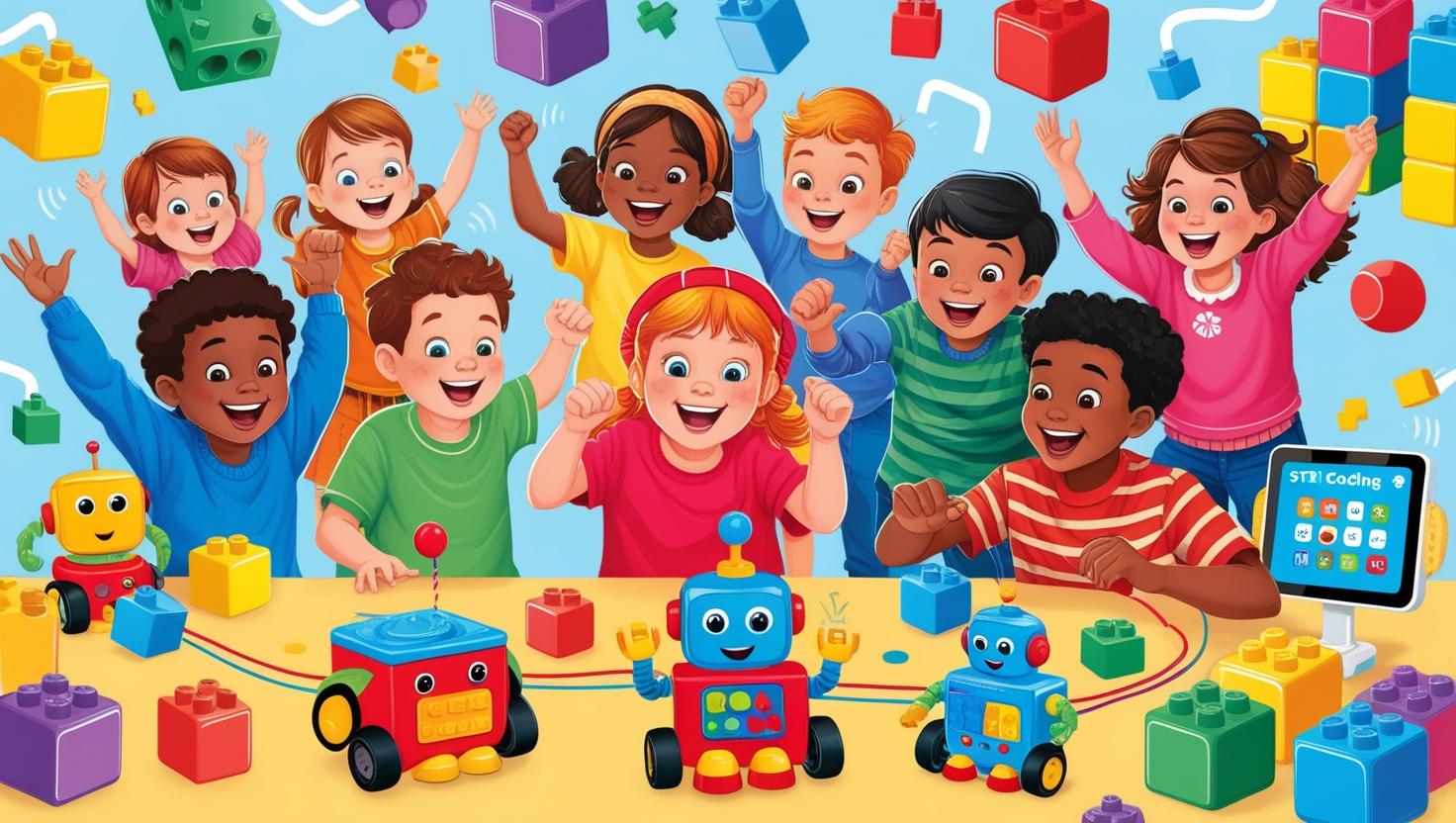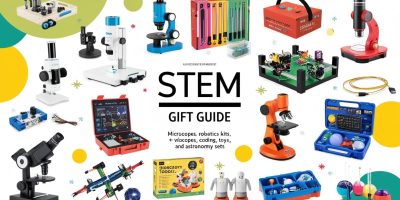How to Pick the Perfect STEM Toy in Under 5 Minutes (Parent’s Guide)
Let’s be real: choosing a STEM toy shouldn’t feel like solving a rocket science equation. But with thousands of options out there, it’s easy to feel overwhelmed—especially when you just want to make the right choice fast.
Good news: we’ve created a simple, 5-minute framework any parent can use to choose the perfect STEM toy without stress, guesswork, or decision fatigue.
Let’s break it down.
Step 1: Know Your Child’s Age + Stage (1 Minute)
First, match the toy to your child’s developmental level, not just their age on the box.
Ask yourself:
- Is your child more of a tinkerer, a builder, or a thinker?
- Do they enjoy creative tasks or logical problem-solving?
- Are they ready for step-by-step kits or open-ended play?
Quick Age Guide:
- Ages 3–5: Building blocks, shape sorters, basic magnets
- Ages 6–8: Beginner circuits, science kits, coding robots
- Ages 9–12: Engineering sets, programmable bots, experiments
- Teens: Arduino, robotics kits, app-based design tools
✔ Pro Tip: Check the toy’s complexity level, not just the recommended age.
Step 2: Pick a Core Skill Focus (1 Minute)
What do you want the toy to actually teach? Most STEM toys focus on one or more of the following:
- S = Science: Experiment kits, nature tools, microscopes
- T = Technology: Coding bots, app toys, tablets
- E = Engineering: Building sets, marble runs, gear systems
- M = Math: Puzzle games, logic boards, measuring tools
Choose a toy that builds on something your child is already curious about.
✔ Quick Shortcut: Think of your child’s favorite subject in school—then match it to a STEM area.
Step 3: Look for Open-Ended Play (1 Minute)
The best STEM toys are reusable, flexible, and evolve with your child. Avoid one-and-done kits that lose interest after one build.
Look for:
- Toys that can be rebuilt in new ways
- Challenges that increase in difficulty
- Tools that allow kids to invent, test, and tinker
✔ Rule of Thumb: If it only does one thing, skip it.
Step 4: Read the Real Reviews (1 Minute)
Don’t just rely on manufacturer claims—read what real parents and teachers say.
Look for comments like:
- “My kids still play with it months later.”
- “Surprisingly educational without feeling like school.”
- “Great for siblings to use together.”
✔ Bonus Tip: Search YouTube for a video review before buying—it helps to see the toy in action.
Step 5: Set a Smart Budget (1 Minute)
STEM toys range from $10 to $300+. More expensive doesn’t always mean better.
Start with:
- <$30: Brain games, logic puzzles, building sets
- $30–$60: Entry-level coding robots, circuit kits
- $60+: Subscription boxes, robotics, advanced kits
✔ Pro Tip: Buy once, play often. The more ways your child can reuse the toy, the better the value.
Bonus: 3 Quick Picks That Always Work
If you’re short on time, here are three proven winners across age groups:
- Magna-Tiles (Ages 3–9): Open-ended, engineering, color + shape
- Snap Circuits Jr. (Ages 7+): Intro to electronics with real components
- KiwiCo Crates (Ages 5–16): Monthly kits tailored to learning level
Conclusion:
You don’t need hours of research or a Ph.D. in robotics to pick a great STEM toy. Just follow this 5-minute guide: know your child, focus on one skill, pick open-ended play, check reviews, and stay within your budget.
Smart shopping = smart kids. It’s that simple.





